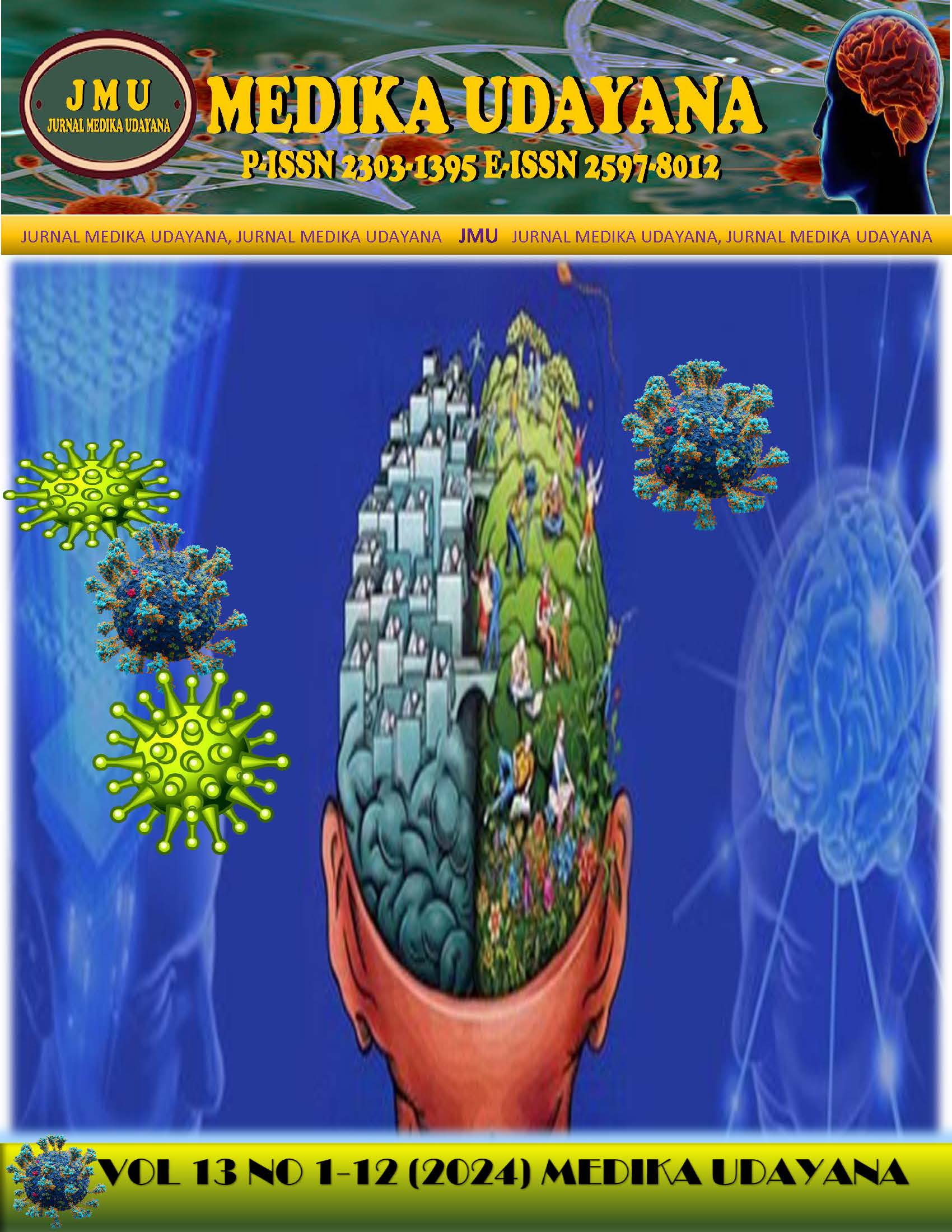THE RELATIONSHIP BETWEEN AGE, LIFTING LOAD, LIFTING FREQUENCY, AND WORKING DURATION WITH THE OCCURRENCE OF UPPER TRAPEZIUS MYOFASCIAL PAIN SYNDROME IN PORTERS AT THE PANORAMA MARKET BENGKULU
Abstract
Myofascial Pain Syndrome (MPS) is a condition characterized by muscle pain which associated with the hyperirritability of myofascial trigger points (MTrPs) to pressure. Several factors can elevate the risk of MPS among workers, such as age, lifting load, lifting frequency, and excessive working duration. This study aims to analyze the relationship between age, lifting load, lifting frequency, and working duration with the occurrence of upper trapezius MPS among porters at the Panorama Market Bengkulu City. The research employed an analytical cross-sectional approach. The study subjects comprised of 85 laborers selected through purposive sampling techniques. Data were gathered through questionnaire interviews and physical examinations. Statistical analysis involved the Chi-Square test, with a significance level set at ?=0.05. The Chi-Square test results demonstrated a significant relationship between the variables of age (p = 0.042, OR = 0.376), lifting load (p = 0.000, OR = 11.647), lifting frequency (p = 0.038, OR = 2.963), and working duration (p = 0.025, OR = 4.160) with the occurrence of upper trapezius MPS. In conclusion, this research found an occurrence rate of upper trapezius MPS among porters at Panorama Market Bengkulu City at 67.1%, with associated factors including age, lifting load, lifting frequency, and working duration. The most significantly associated factor with the occurrence of MPS in the upper trapezius is the lifting load.











